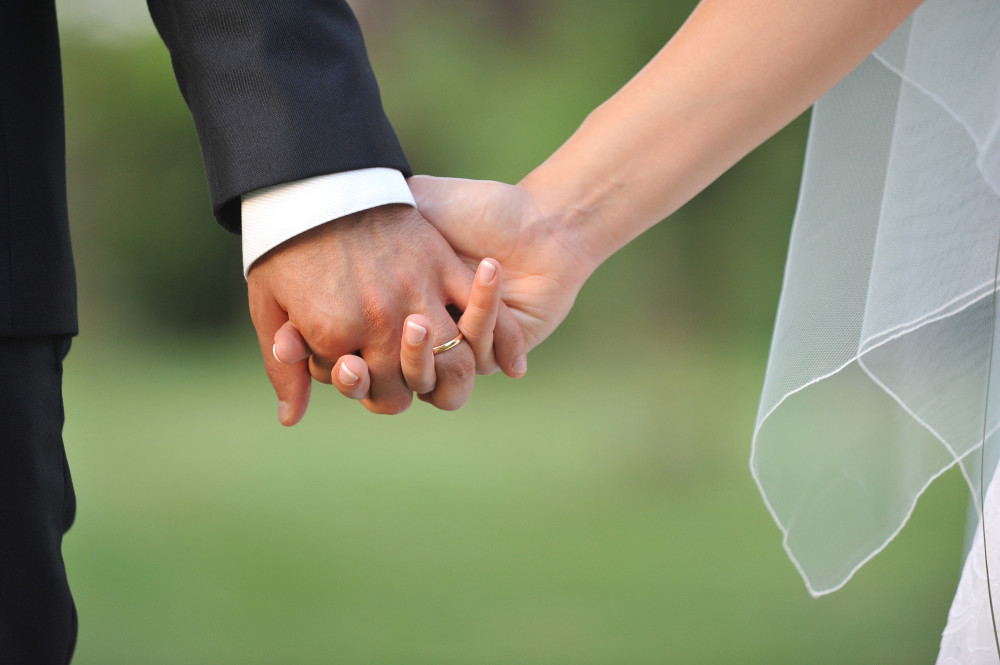By Heidi Stevens
Chicago Tribune.
Brace yourselves for the latest evidence that Americans are fleeing the institution of marriage like Roger Sterling leaves wives.
A report release recently from Demographic Intelligence, which tracks marriage and birth trends in the United States, said marriage rates are the lowest in a century, 6.74 marriages per 1,000 people, and are projected to decline over the next decade.
“Even though we have seen a modest recovery in the economy, the marriage rate continues to slowly decline,” Demographic Intelligence president Sam Sturgeon says in the report. “A variety of factors, including sluggish job opportunities for the less educated and declines in American religion, account for the American retreat from marriage.”
Not so fast, says Northwestern University researcher Eli Finkel, who has written extensively on the history and future of marriage, including the highly regarded “All or Nothing Marriage” piece in The New York Times, which argued that modern marriages have the potential to be stronger and more satisfying than any unions throughout history.
“The evidence that fewer people are marrying is pretty mixed,” Finkel told me. “There are two very different interpretations of those statistics. One is that marriage is in decline, but the other is that marriage is just fine and people are doing it a little later.”
Indeed, the new report notes that the percentage of weddings among college-educated women rose from 30 percent in 2008 to 36 percent in 2015.
“There was a 10-15 year period starting around 1947 where marriage was the ultimate purpose for everyone and they couldn’t wait to get started,” Finkel said. “More than half of all women were married before age 20, and men weren’t much older. It was a very short moment in history when a generation was born into the teeth of the Great Depression and then went off to war and came home and said, ‘Give me some consistency.’ It created this thing that existed for an historic eye blink, and yet we call it traditional marriage.
“Things look different now than they did in the 1950s,” he continued. “But they looked different in the ’50s than they did in 1900, too.”
We should be careful not to interpret the fact that fewer people are married in 2015 as evidence that we value marriage less than we used to, he said.
“In the 1950s, marriage was the way people started adulthood,” Finkel said. “They married young and started making babies. Today people are getting more educated and starting their careers before they get settled.”
Which is hard to argue against. Especially when you consider divorce rates, which, Finkel noted, are declining.
“Divorce rates doubled from 1960 to 1980, and since 1980 they have, if anything, declined, stabilized and come down a bit,” he said. “That’s worth contextualizing.”
So record numbers of American postponing marriage could just as easily be viewed as an elevation of the institution within our culture, hold off until you can do it well, rather than a retreat from its confines.
“It’s probably more good news than bad,” Finkel said.














































































































































































































































































































































































